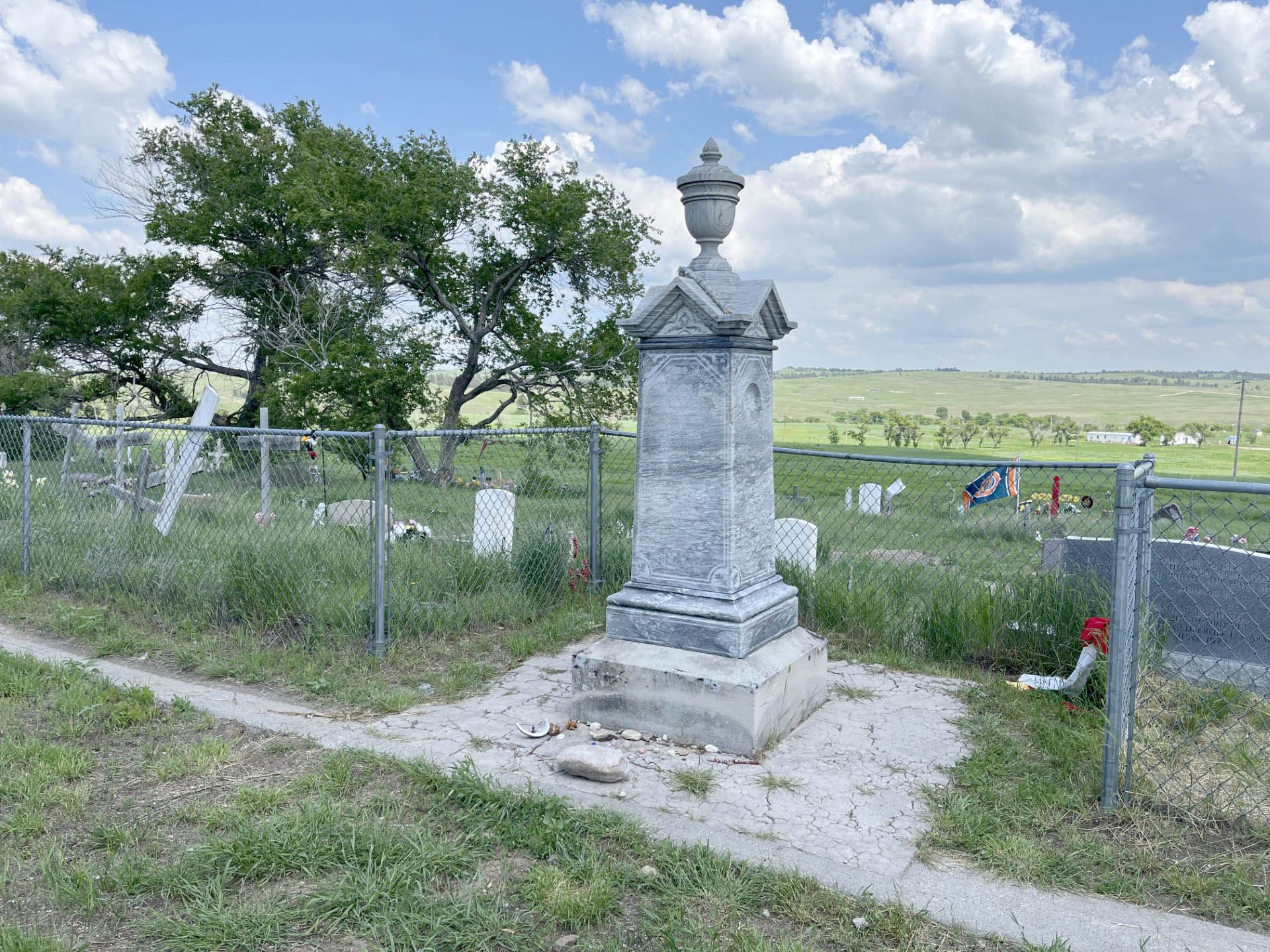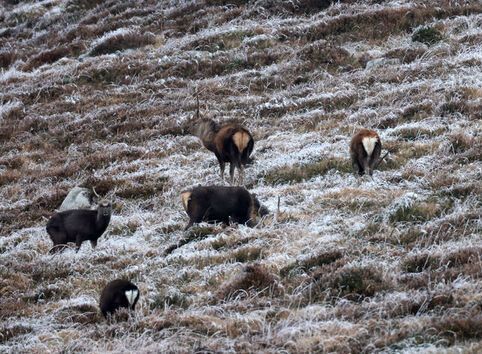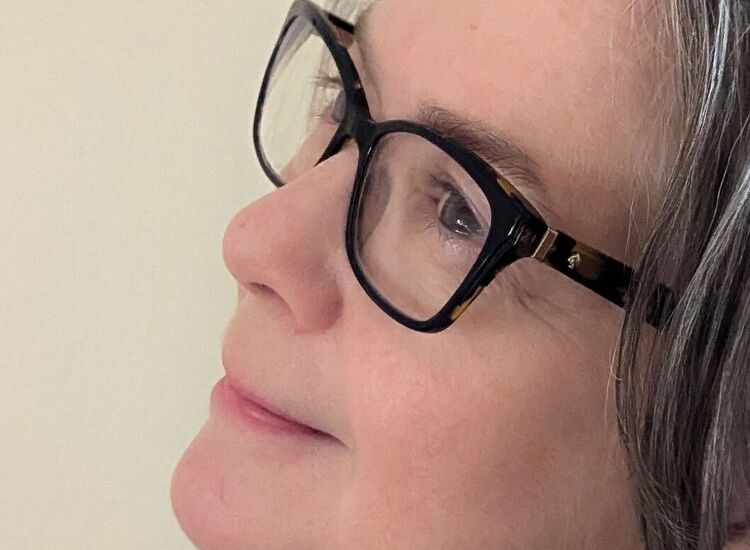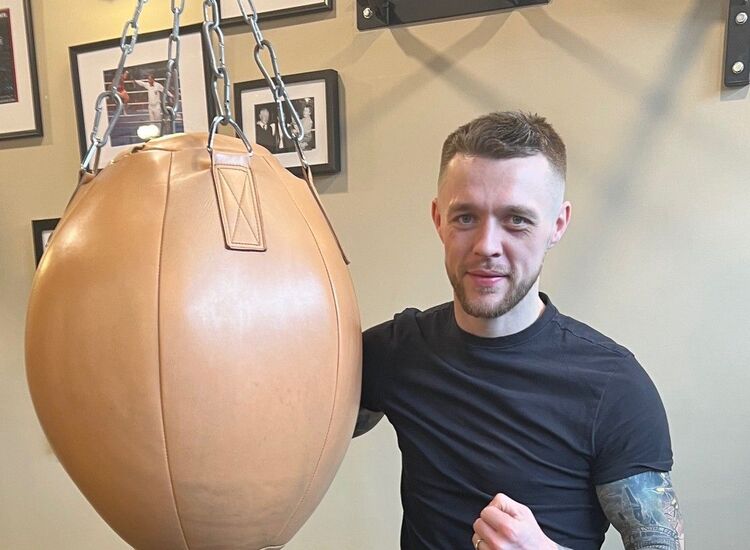As Joe McCann wrote in a recent feature posted by the Echo online, fifty years on from the Native American occupation of Wounded Knee it is clear to see the stand-off - which was the longest standing instance of civil disorder in the U.S. since the Civil War - had a profound effect on the mindset of today’s Native American peoples.
On Thursday, August 10, Movie House cinema on York Street in Belfast featured a screening of "From Wounded Knee to Standing Rock - A Reporter's Journey."
The screening was followed by a question and answer session featuring director and Pulitzer Prize-nominated reporter Kevin McKiernan, who was at the center of the occupation, and Willard Carlson, a native of the Yurok tribe in Northern California, who took part in the famous stand-off.
Back in 1991 my wife Lisa and I visited Wounded Knee.
The resting place of "Thick Loaf Bread," who was a private in the Indian Scouts unit in Wyoming. He died in 1928.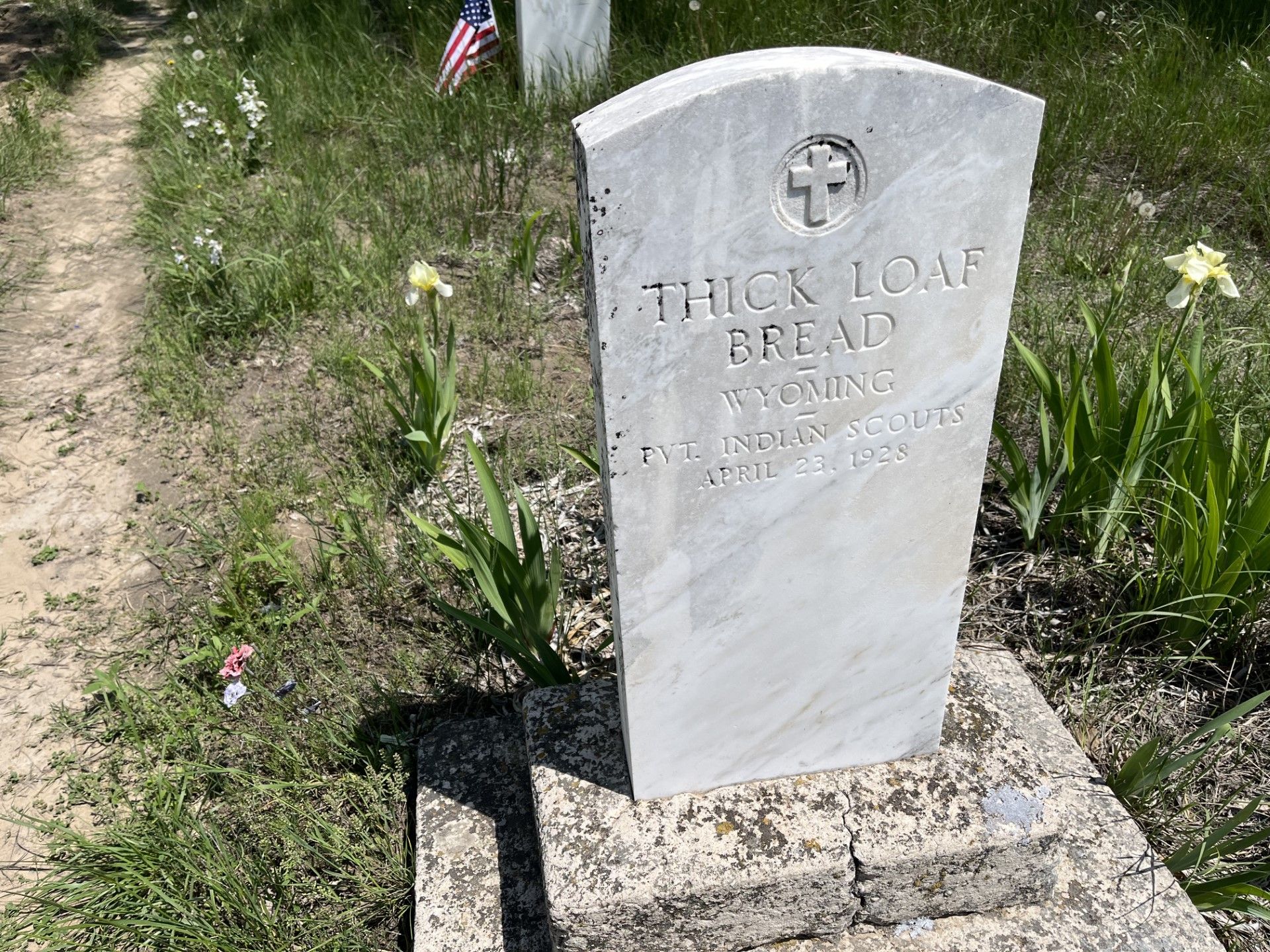
It was during a cross country journey that took us to the site of the 1866 Fetterman Massacre in Wyoming, the 1876 Battle of the Little Bighorn in Montana, and finally the location of the 1890 tragedy of Wounded Knee in South Dakota, one that Native Americans describe as a massacre, but which the United States yet views as being a legitimate military operation against hostile Lakota warriors.
Regardless, over three hundred Lakota men, women and children were killed or wounded. The U.S. government awarded a number of Medals of Honor to U.S. cavalry soldiers who took part. Suffice it to say, those awards are an open wound for the Lakota that has never healed.
Back in 1991 our visit was focused on the Catholic cemetery on a hilltop close to where the massacre took place. There wasn't much else at the site which is a few miles outside Pine Ridge, the town which gives its name to the Pine Ridge Reservation. A shelter constructed of branches and boughs gave shelter from the sun and allowed for the sale of souvenirs.
The Stars and Stripes mark the resting place of three Lakota men who served in various capacities in the United States military.
The rest that a visitor came away with was the vision of a vast landscape, the sound of the prairie wind, and an overwhelming feeling of sadness. Memories don't fade easily here. In fact they don't fade at all. Think Bloody Sunday. In the early days of June, a little over a couple of months ago, my wife and I returned to Wounded Knee.
We were on a cross country camper trip which included visiting our son, who was working in Oregon. In the intervening 32 years virtually nothing had changed. There is no interpretive center or souvenir shop, just the same branch and bough shelter, the same sun, view to the horizon and wind.
And there is the same sadness, bitterness and defiance, now felt by at least some members of a new generation living on the Pine Ridge Reservation. On this page are some photographs from Wounded Knee's Catholic burial ground. Some of those who rest here served in the United States armed forces. You can add irony to the myriad human feelings blowing in the wind that scours this venerated ground.
Private First Class Clarence A Rowland, U.S. Army, Korea.

